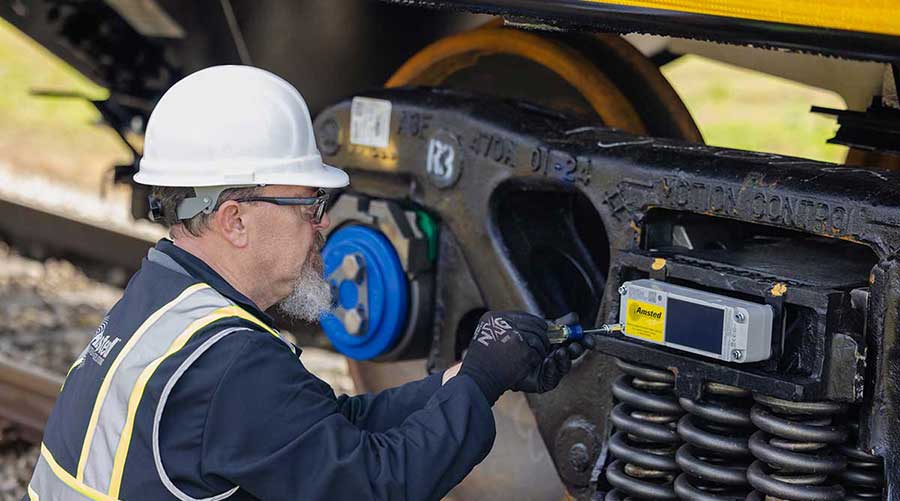Stay updated on news, articles and information for the rail industry
 railPrime
railPrime
February 2014
Rail News: Rail Industry Trends
Short line tax credit, truck size and weight among other issues on rail's legislative watch list
— by Julie Sneider, associate editor
Congress will hear plenty about rail in 2014
While the gist of the rail-related issues under consideration in Congress in 2014 boil down to PRIIA, surface transportation reauthorization legislation and safety issues, the rail industry is following a few other key issues this year. They include:
Truck size and weight
As required by MAP-21, the U.S. Department of Transportation (USDOT) has been studying the impact that allowing longer and heavier trucks would have on highways and bridges. Previously proposed bills would have allowed states to raise truck weight limits from 80,000 to 97,000 pounds, as well as permit double- and triple-trailer trucks to travel over longer distances. It's anticipated that the USDOT will have a draft of the two-year study prepared sometime this spring. The Association of American Railroads (AAR) and ASLRRA have opposed efforts to allow bigger and heavier trucks. The trucking lobby and National Industrial Transportation League have supported proposals to allow larger and heavier trucks.
Two-person train crews
The Federal Railroad Administration's Railroad Safety Advisory Committee is considering potential actions related to the safe transportation of crude oil. Among them: whether a minimum of two-person crews should be mandated on all freight trains. In addition, U.S. Reps. Michael Michaud and Chellie Pingree (both D-Maine) have introduced the proposed "Safe Freight Act," which would require at least two-person crews on freight trains. Some transportation unions have endorsed the legislation; the AAR has developed talking points in opposition to it.
Commuter tax parity
The American Public Transportation Association (APTA) is hoping Congress will restore parity between the tax treatment of transit versus parking. On Dec. 31, 2013, the tax benefit for people who take a train or bus to work dropped from $245 to $130 month, while the parking benefit for people who drive to work was automatically adjusted up to $250 per month. "Reducing the benefits for public transit riders at the same time that this tax benefit is adjusted upward for auto drivers diverges from a balanced federal tax policy that treats different modes of travel equitably," says APTA President and CEO Michael Melaniphy.
For more details on this year's rail political issues, read a web exclusive article posted on www.progressiverailroading.com/pr.


 2025 MOW Spending Report: Passenger-rail programs
2025 MOW Spending Report: Passenger-rail programs
 Gardner steps down as Amtrak CEO
Gardner steps down as Amtrak CEO
 Guest comment: Oliver Wyman’s David Hunt
Guest comment: Oliver Wyman’s David Hunt
 Women of Influence in Rail eBook
Women of Influence in Rail eBook






